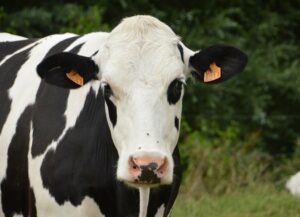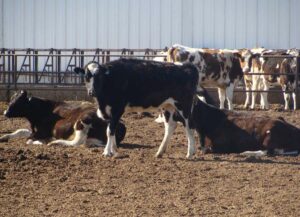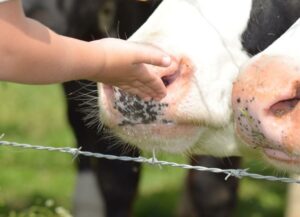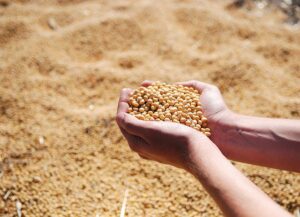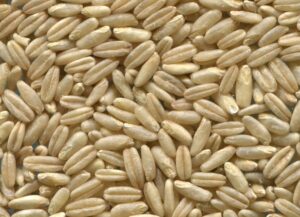Nuria Garcia
Foot-and-mouth disease (FMD) is a severe, highly contagious viral disease caused by an Aphthovirus that spreads quickly and produces significant economic losses in the cattle industry. The virus is found in all excretions and secretions from infected animals, and the disease is characterized by fever and blister-like lesions followed by erosions on the tongue and lips, in the mouth, on the teats, and between the hooves.
The World Organisation for Animal Health has reported that FMD affects a 77% of the global livestock population, in Africa, the Middle East and Asia, as well as in a limited area of South America. There are 7 serotypes (A, O, C, Asia 1, and Southern African Territories 1, 2, and 3) and more than 60 subtypes of the FMD virus. Immunity to one type does not protect an animal against other types or subtypes. Therefore, vaccines for FMD must be matched to the specific type and subtype of virus causing the outbreak.
Argentinian researchers assessed whether maternal immune cells transferred from colostrum to the calves influence the cellular immune responses to FMD virus vaccination. The researchers (Bucafusco et al., 2019) divided crossbred Jersey/Holstein calves from a commercial dairy located in Tandil, Buenos Aires, into 3 experimental groups:
- Fed whole colostrum
- fed cell-free colostrum obtained by centrifugation
- Deprived of colostrum and fed milk replacer
All calves received 2 liters of either colostrum or milk replacer within the first 6 hours of life and then received another 2 L before 12 h of life. In Argentina, while animals older than 2 years are vaccinated once a year, immunizations in calves and heifers younger than 2 years old are performed every 6 months. Therefore, calves in this study were born from multivaccinated cows or heifers.
Calves from the 3 experimental groups were vaccinated at 32 days of age with a commercial tetravalent single-oil emulsion vaccine containing inactivated FMD virus strains (A24/Cruzeiro, A/Arg/2001, O1/Campos, and C3/Indaial) injected subcutaneously in the neck (2 mL/dose).
The study, published in Journal of Dairy Science, did not identify detrimental effects of maternal immunity in the development of vaccine-induced adaptive responses against FMD virus. The authors did not find an evident effect of maternal cells on the kinetics of the immune response induced in vaccinated calves. Calves receiving whole or cell-free colostrum developed similar humoral and cellular FMD virus specific responses.
In conclusion, consumption of whole colostrum in the farms will make no difference in the development of immunity against foot-and-mouth disease virus vaccines. Therefore, regions under mandatory vaccination programs may vaccinate young animals.
Reference
Danilo Bucafusco, Rodrigo Pereyra, Florencia C. Mansilla, Darío A. Malacari, María S. Juncos, Sebastián Di Giacomo, Andrea F. Ayude, Mariano Pérez-Filgueira, and Alejandra V. Capozzo. 2019. Immune cells transferred by colostrum do not influence the immune responses to foot-and-mouth disease primary vaccination. J. Dairy Sci. 102:8376–8384.
© 2019 Dairy Knowledge Center, LLC. All Rights Reserved.



